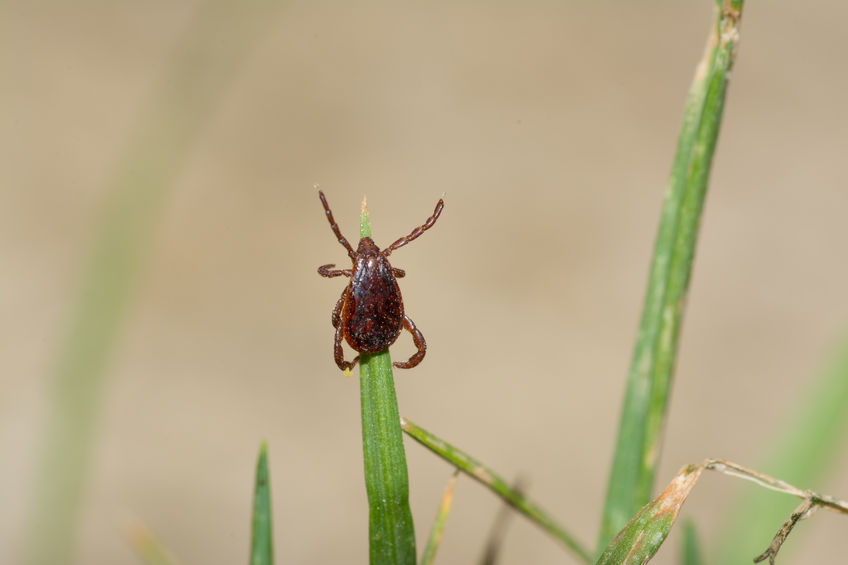Fill out the form below and a Cypress Creek representative will be in touch with you about your pest control needs.
BLOG

7 Must-Know Facts About Ticks
Ignorance is not always bliss. Well! At least not in the case of ticks.
These blood feasting parasites are a nuisance, creepy, and transmit potentially-life threatening infectious diseases. If you have pets and have spotted ticks on them, then you must have taken the Google route to know more about ticks, prevention tips, and removal procedures. However, we are still ignorant to some must-know tick facts. Yes! You read that right.
There are many facts about ticks that are still unknown to us. Learning about these facts will help you understand more about ticks so that you are prepared to save yourself from ticks and associated itchy predicaments.
With that said, let’s learn the 7 must-know tick facts.
Here we go!
- Ticks are not insects: Yes, ticks are arachnids and are closely related to spiders. Their physical appearance is a lot similar to spiders: four pairs of legs and no antennae. Moreover, they don’t fly or jump.
- Ticks carry disease-causing microbes: Gone are the days when tick was just a nuisance. With every passing day, scientists discover new disease-causing microbes that ticks transmit apart from the already existing ones like Lyme disease bacteria, Babesia protozoa, Ehrlichia, and others. Tick-transmitted infections that is prevalent throughout the U.S. and across the globe
- Only a few species transmit diseases: There are thousands of tick species across the planet, but only a few transmit diseases, such as the black-legged or deer tick is infamous for spreading Lyme disease. Apart from the deer tick, the rocky mountain wood tick, American dog tick, and brown dog tick are said to transmit potentially fatal diseases.
- Tick can burrow into your skin for days: Ticks are relatively small and often go unnoticed. Ticks tend to burrow their head into the skin of humans, discharges their feeding tube, and spits out saliva that leads to blood-thinning and skin-numbing. Once they latch onto the skin, they are likely to stick to it and feed for 2 to 3 days.
- Ticks can spread multiple diseases at once: Humans are not the preferred host or primary meal of ticks. Ticks feed on warm-blooded animals such as mice, dogs, cats, birds, rabbits, and deer. And as they jump from animal to animal and feed on humans, they pick up disease-causing bacteria and infect their hosts.
- Only tweezers can remove ticks: Don’t treat ticks like any other bugs. Since they burrow deep into your skin, you need to remove them with caution. Use a good pair of pointy tweezers, and grasp the remaining part of the tick and slowly pull it upward and flush it away from you.
- DIY remedies are ineffective: D-I-Y tricks to get rid of pests are very tempting. However, these tick removal videos and tips that have flooded the internet don’t always work. Some tips such as rubbing gasoline, petroleum jelly, nail polish over the tick’s mouthparts only make the situation worse. Ticks are resilient and can survive without air for long periods. So instead of DIY, always opt for professional pest control services.
Wrapping Up
Did any of the aforementioned tick facts surprise you?
The purpose of the blog is to keep you up-to-date about tick information so that you can deal with tick infestation efficiently. If you suspect a tick problem in your home, hire a professional exterminator to tackle these monstrous critters for good.

